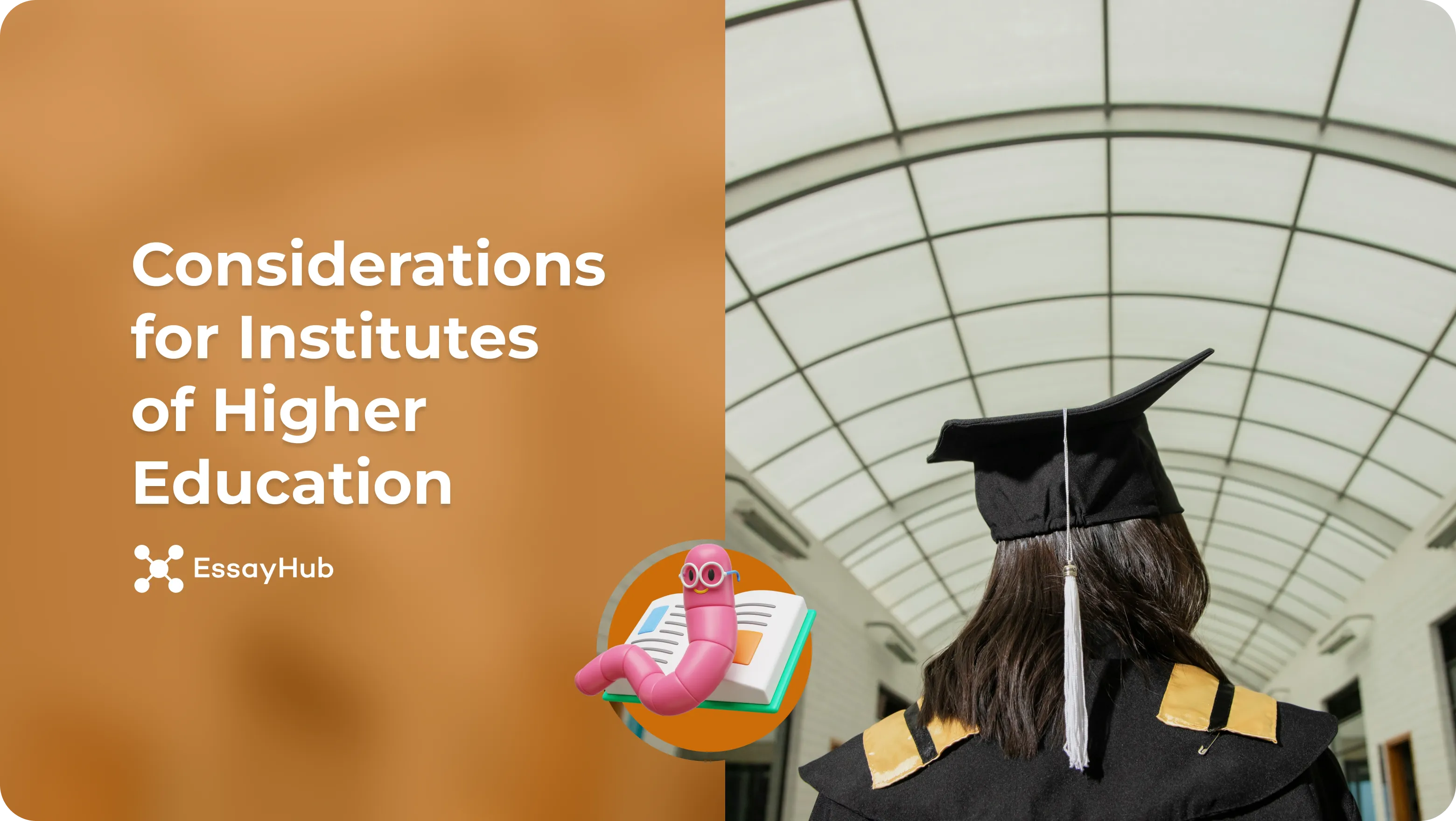EssayHub studies
Trusted research materials for students
Find verified research articles on a variety of topics. Each one packed with useful stats and data on learning, writing, and more. For expert help with your papers, visit our essay writing service.








.webp)